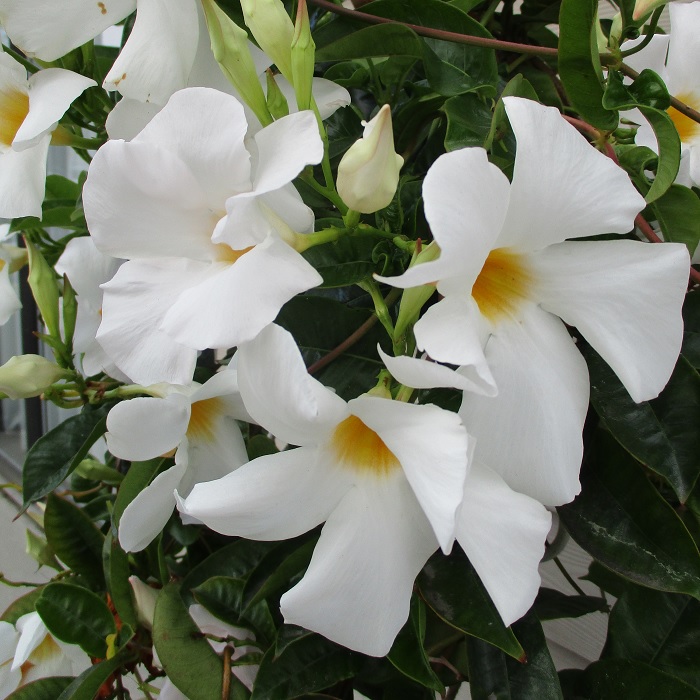UNITED STATES—The temptation is unbearable. The catalog of Adelman Peony Gardens, either in print or at www.peonyparadise.com, shows how spectacular peony blossoms can be. There are one hundred and seventy-eight exquisite pictures of the cultivars available for mail order on online purchase. The only problem, and it is a big one, is that peonies are recommended for USDA Zones 2 through 8.
So maybe some of us in Zone 9 might conveniently neglect to read that part of the catalog. Maybe some of us believe that since peonies cannot read that part of the catalog, they might not mind getting cheated out of the winter chill they need for good dormancy. Somehow, many of us are able to grow peonies where they have no business growing. Perhaps we should keep that a secret.
So many more plants are available online and by mail order than can be found in nurseries. Most of them are appropriate to local climates. Some are not. Catalogs from the best nurseries are careful to make that distinction obvious by describing what zones their plants are recommended for. That can be a lot of information for nurseries that have many different types of plants available.
Plants that have potential to transmit disease or become invasive might be banned from certain states. Nurseries can send plants to inappropriate climate zones for clients who really want them, but cannot send plants to states where they are banned. Black elderberry plants can not be imported into California. Only black elderberry plants that were grown in California can be sold here.
Unfortunately, many plants are sold online without any regulation whatsoever. Anyone can sell any extra seeds, seedlings or cuttings online, whether or not they actually know what the seeds or plants are. Some plants are not really what they were described as when sold. Many others get sent to climates where they will not be happy, and might not even survive. Worst of all, there is serious potential for plants to be vectors of disease and insect pathogens, or to become invasive in formerly uninfested regions.
Highlight: mandevilla
Pink, red or white are the only choices. There happens to be a darker shade of red. Yellow throats are more conspicuous in white flowers. Otherwise, there is not much variation of color amongst the various mandevillas. The flowers are very similar in both color and form to those of related oleander, but are larger. Some are as wide as three inches. Small flowers can have pointed petals.
Mandevilla vines are surprisingly vigorous and sneaky. The lower portion of a mature plant may seem to be rather tame while it extends aggressively twining vines into trees above. Vines on small trellises can get congested on top. Pruning upper growth helps to even out growth and bloom. Exposed vines are likely to get killed back by frost in winter, but should regenerate efficiently.
The evergreen foliage is quite glossy. Some varieties have interestingly rippled leaves. Partial shade is best for rich green foliar color. Full sun can scorch leaves. Dipladenias are very similar to mandevillas, but are shrubbier and more compact, with smaller flowers and leaves. They are probably a better option for large pots. Sap of both mandevillas and dipladenias is caustic and toxic.






